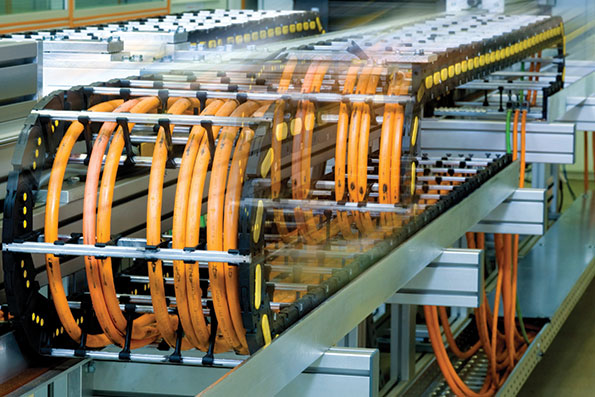
The optical fiber is a very small waveguide. For example, undersea telecommunications cables can convey 60,000 voice channels on a pair of single mode fibers.Ĭonsiderations of tensile strength, ruggedness, durability, flexibility, size, resistance to the environment, flammability, temperature range and appearance are important in constructing optical fiber cable. The single mode has a higher capacity and capability than either of the two multimode types. The core of the single mode fiber is extremely small, approximately five to ten microns. This virtually eliminates any distortion due to the light pulses overlapping. The single mode fiber allows only a single light ray or mode to be transmitted down the core.

Graded index fibers are commercially available with core diameters of 50, 62.5 and 100 microns. The result is that a graded index fiber equalizes the propagation times of the various modes so that data can be sent over a much longer distance and at higher rates before light pulses start to overlap and become less distinguishable at the receiver end. The effect of this grading is that the light rays are speeded up in the outer layers, to match those rays going the shorter pathway directly down the axis. But unlike step index fiber, a graded index core contains many layers of glass, each with a lower index of refraction as you go outward from the axis. In the more common graded index multimode fiber the light rays are also guided down the fiber in multiple pathways. Step index multimode fiber derives its name from the sharp step like difference in the refractive index of the core and cladding. Multimode fiber cores may be either step index or graded index. There are two basic types of fiber: multimode and single-mode. Fiber can be identified by the type of paths that the light rays, or modes, travel within the fiber core.


 0 kommentar(er)
0 kommentar(er)
